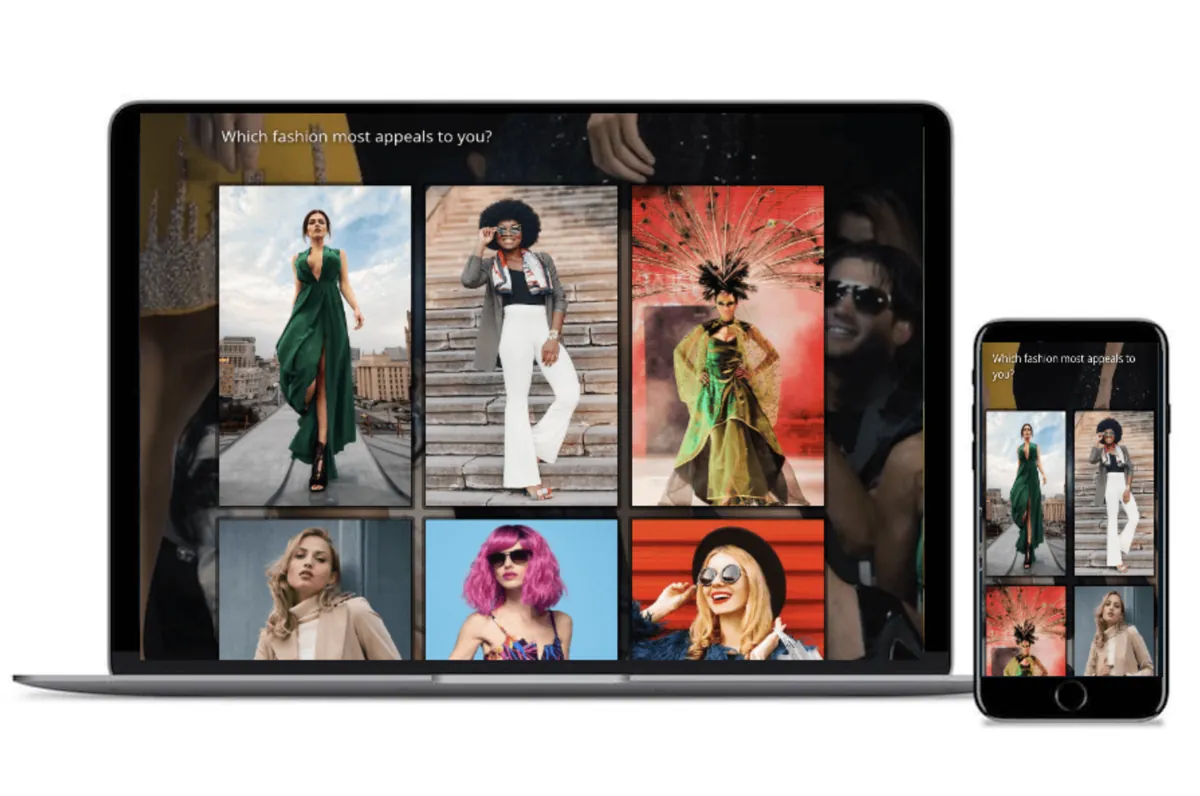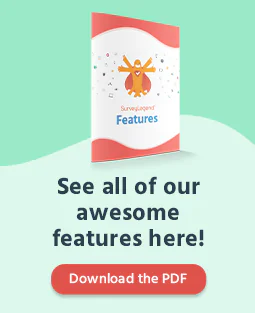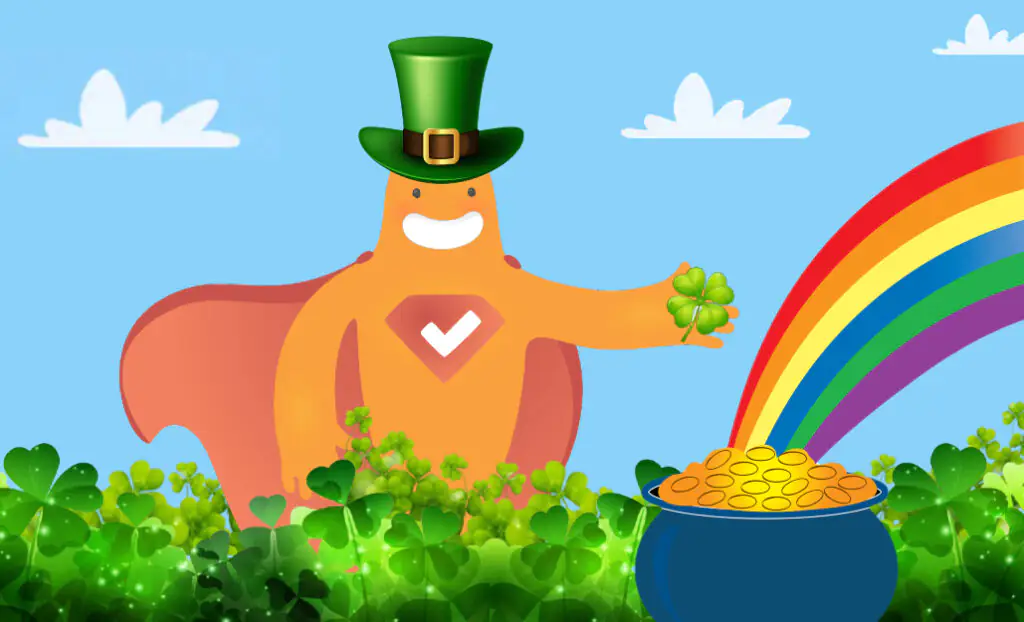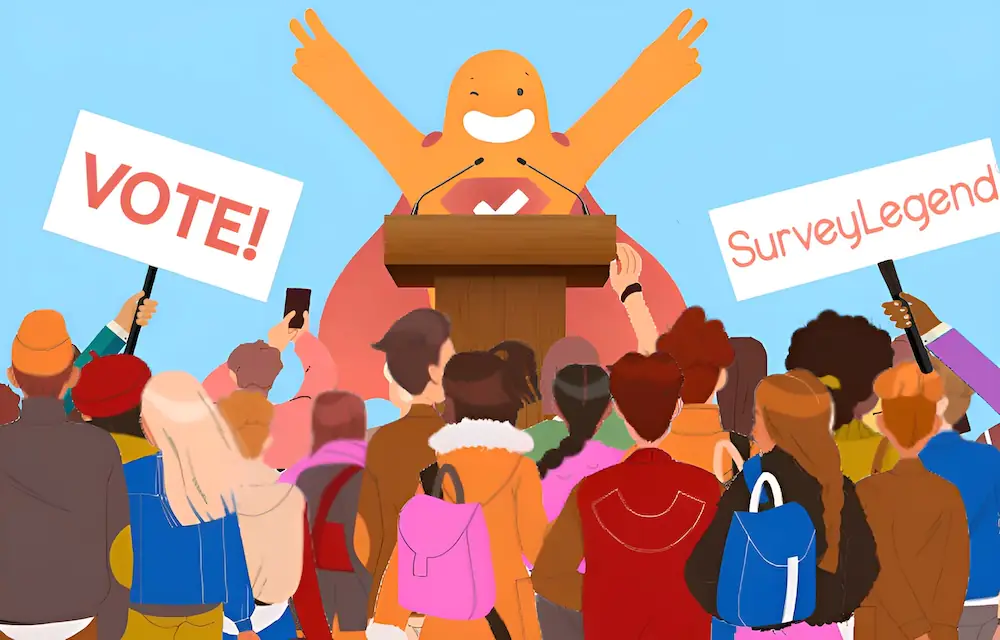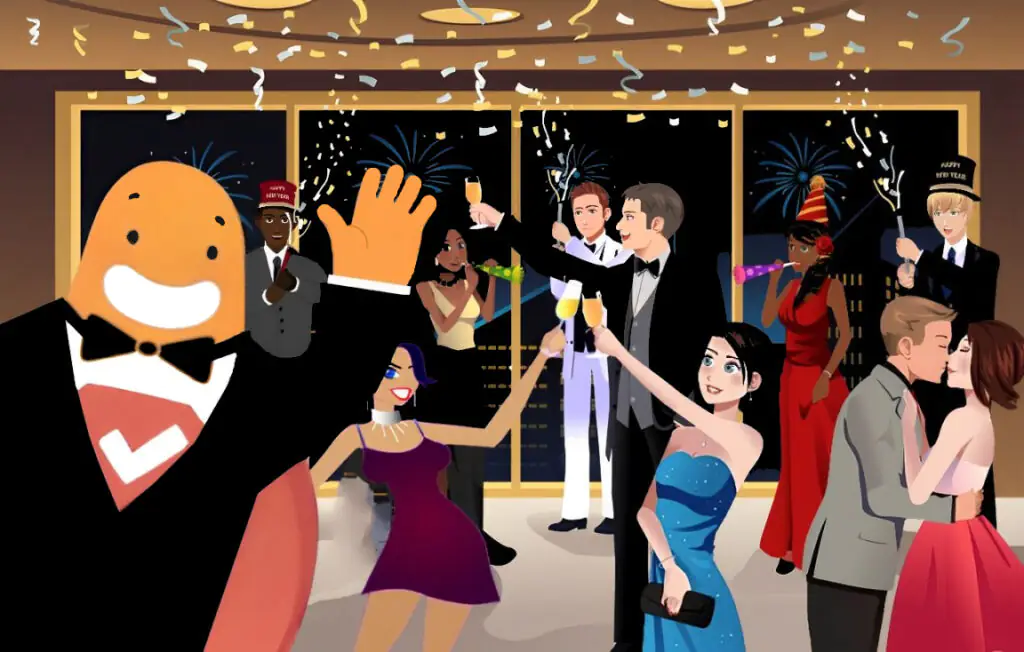Discover how to create engaging fashion surveys that drive better response rates and valuable insights by using images. Visual fashion surveys help brands, designers, and researchers understand consumer preferences, test product concepts, and explore style trends in a more interactive and effective way. This guide explores types of fashion survey questions, the power of image-based feedback, real-world use cases, and best practices for gathering market research in the fashion industry. Learn how to boost survey participation and uncover what your audience truly loves—through visual, data-driven storytelling that speaks the language of fashion.
What never goes out of style? Fashion surveys! While nearly 70% of Americans believe people are too focused on fashion, according to a Reuters fashion poll, the majority (55%) also say that how they dress is “an important part of who they are.” Fashion isn’t just about trends; it’s a lens through which people express identity, lifestyle, and even values. If you’re considering conducting a fashion survey, using a survey with images can help engage respondents and gather more accurate, enthusiastic responses.
Create your own fashion survey with images now!
Why Conduct Fashion Surveys?
Whether you’re launching a new clothing line, researching consumer behavior, or trying to understand the rise of sustainable fashion, surveys allow you to connect directly with your target market. The global fashion market is forecasted to reach $1.5 trillion by 2027, and with growing segments like athleisure, ethical fashion, and digital fashion (thanks to the metaverse), knowing what consumers want is more valuable than ever.
In fact, according to the McKinsey & Company State of Fashion 2024 report, brands that integrate consumer insights through surveys and digital testing are 33% more likely to outperform competitors in both customer satisfaction and profitability.
That’s where fashion surveys with images shine—because fashion is visual. You’re not just asking “What do you like?” You’re showing it and asking, “Which one of these outfits speaks to you?”
Different Types of Fashion Surveys and Fashion Poll Questions
What type of fashion survey are you conducting? Are you a fashion designer gauging reactions, a brand gathering feedback on a new line, or a researcher exploring market trends?
According to a Statista 2023 study, fashion buyers are influenced most by aesthetics (34%), followed by sustainability (22%) and brand alignment (18%). So, the right survey questions will help you uncover what your audience prioritizes.
Here are some sample fashion survey questions to consider:
- What do you think about this new line of clothing?
- How often do you purchase new fashions?
- Why do you purchase new fashions? (style, comfort, price, trend, etc.)
- Do you consider yourself “fashionable”?
- What type of clothing do you buy most often? (casual, formal, activewear, etc.)
- What is your favorite brand of clothing?
- Have you ever attended a fashion show?
- Do you consider yourself contemporary or classic?
- How much do you estimate you spend on clothing per year?
- What is your favorite color of clothing?
- Do you have a favorite pattern you like to wear?
- Are you familiar with the term “fast fashion”?
- How many pairs of shoes do you own?
- Have you ever watched a fashion-themed reality television show?
- Do you dress your children for function or fashion?
- How important is sustainability in your purchasing decision?
- Would you buy digital clothing for an avatar or online presence?
- What influences your clothing purchase most—Instagram, influencers, or store displays?
- Which fashion trends do you dislike?
Conducting a Fashion Survey with Images
“I know practically, fashion is art, it’s commerce, it’s function, it’s expression. But I also can’t mistake the simple gut reaction I have when I see something I love, that really knocks me out.”
— Christene Barberich, co-founder of Refinery29
Let’s look at how to conduct fashion surveys that really knock out your respondents!
Surveys that show instead of just asking are more effective—especially in fashion. Instead of describing a “bold floral print dress,” why not display three versions and ask, “Which would you wear to a summer party?”
Fashion surveys with images:
- Offer visual clarity (eliminate interpretation bias)
- Increase completion rates by up to 80% (source: SurveyLegend internal research)
- Generate emotional reactions that mirror real-world buying behavior
- Allow for A/B testing between product designs or marketing visuals
- Enhance inclusivity across languages and reading levels
According to eCommerce Psychology, consumers make a first impression about a product in just 50 milliseconds—so imagery can drastically affect decision-making, especially in fashion.
Create your own fashion survey with images now!
Fashion Surveys That Inspire Purchases
Visual surveys do more than collect data—they guide consumers through a journey.
For example, say you run an e-commerce store and want feedback on your new denim collection. You can show images of several jeans with small design tweaks (bootcut vs. tapered leg vs. cropped) and ask:
Which of these jeans would you most likely buy?
Pair this with follow-up questions like:
- What would you wear these jeans with?
- How much would you pay for this style?
- Would you prefer these in a darker wash?
Now, you’re gathering insights and subtly encouraging consideration. This is called survey-fueled product discovery, and it’s being increasingly used by fashion tech startups and direct-to-consumer brands.
In fact, a Deloitte study found that 60% of Gen Z consumers prefer brands that co-create products through customer input. Visual surveys create that feedback loop seamlessly.
Quick Fashion Polls
Quick polls—especially pop-up forms on websites or social media—are perfect for trend-driven feedback. You’ve likely seen them:
- “Which look are you loving for spring? 🌸”
- “Pick your favorite boot style for fall 🍂”
- “Would you rock this neon blazer? 👍 or 👎”
These low-commitment interactions provide fast insight while driving brand engagement.
Many fashion platforms (like Instagram, Pinterest, and TikTok) already encourage visual polling, but combining them with formal survey tools allows for better data collection, demographic filtering, and cross-comparison.
Use these quick polls to:
- A/B test product images
- Forecast upcoming styles
- Validate influencer marketing content
- Learn about regional or seasonal preferences
Create your own fashion survey with images now!
Real-World Use Cases of Fashion Surveys with Images
Here are some ways fashion brands, researchers, and educators have leveraged image-based surveys:
- Market Research for Trend Forecasting
Fashion institutes like the Fashion Institute of Technology (FIT) use visual surveys to understand evolving aesthetics and streetwear movements. Respondents are shown looks from recent fashion weeks and asked to tag styles (Y2K, minimalism, cybercore, etc.). - Brand Packaging and Label Design
Smaller eco-fashion brands often test different packaging options—think “kraft paper wrap” vs. “biodegradable plastic bag”—and ask customers which looks more premium or eco-conscious. - Runway to Retail Conversions
Luxury labels A/B test image-based surveys after fashion shows, asking insiders and customers which pieces felt most impactful, guiding limited-edition production runs. - Personal Style Discovery
Fashion-tech startups are using visual quizzes to help users define their style—boho, classic, edgy, etc.—by choosing favorite outfits or pieces. This data is then used to personalize shopping feeds.
Best Practices for Conducting Visual Fashion Surveys
- Keep it mobile-friendly: 70%+ of fashion engagement happens on mobile.
- Use high-resolution images: Pixelated visuals harm credibility and skew perception.
- Limit visual overload: Don’t present 10 images at once—stick to 3–5 options max.
- Combine qualitative and quantitative: Mix multiple choice with open-ended feedback.
- Use relatable models: Respondents identify more with diversity in age, size, and background.
- Consider regional and cultural tastes: A popular print in Milan may not resonate in Tokyo.
A Brief History of Fashion Surveys and Market Research
While fashion surveys may feel like a modern concept tied to digital tools and consumer analytics, the roots of fashion market research go back much further—centuries, in fact.
The earliest form of fashion insight gathering began in 1785 with the publication of Cabinet des Modes, France’s first fashion magazine and widely considered the world’s first fashion periodical. It featured illustrations of seasonal styles and commentary on appropriate attire for various occasions, serving as an early channel for tracking and influencing public taste in fashion.
In the early 20th century, market research began to formalize. Daniel Starch, an American psychologist, was a pioneer in advertising research during the 1920s. He conducted structured surveys to measure ad effectiveness, laying the foundation for modern quantitative market research. These techniques were soon adopted across industries, including fashion.
→ Read more on the evolution of market research from the 1920s
Around the same period, famed French couturier Paul Poiret took an innovative approach by blending design with marketing strategies. He was among the first to build a fashion brand through storytelling, lifestyle imagery, and consumer engagement—effectively conducting “market research” before the term became widespread.
→ Explore Paul Poiret’s marketing legacy
Together, these early efforts formed the backbone of what would become today’s robust fashion market research practices, now powered by image-based digital surveys, behavioral data, and real-time feedback.
In the digital age, platforms like SurveyLegend have redefined how fashion surveys are created and deployed. By combining beautiful visual design with smart analytics, SurveyLegend enables fashion brands, researchers, and designers to gather insights quickly, accurately, and with style. Whether you’re testing a new clothing line or researching seasonal preferences, conducting surveys online has become a standard—and SurveyLegend makes it simple and effective.
Ready to experience it yourself?
Create your own fashion survey now—register for free at SurveyLegend!
Conclusion
Humans are 90% visual beings. We process images 60,000 times faster than text. So it makes perfect sense—fashion surveys with pictures increase engagement, response rates, and overall data quality.
Whether you’re designing a capsule wardrobe or launching an AR fitting room, survey data helps ensure you’re aligning with your audience. Visual surveys bring clarity to preferences, offer direction to design teams, and give consumers a voice in fashion creation.
SurveyLegend makes creating beautiful, responsive image-based fashion surveys simple. With image choice questions, sliders, thumbs-up/down, and emoji ratings, it’s never been easier to bring fashion feedback into focus.
From indie brands to global labels, our surveys are branded, secure, shareable, and built to wow.
Fashion may change—but smart surveys are always in style.
Create your own fashion survey with images now!
Frequently Asked Questions (FAQs)
Fashion surveys with images ask people to vote on styles to inform brands. They’re especially used in seasonal releases like Spring/Summer and Fall collections.
Fast fashion refers to inexpensive clothing inspired by the runway or celebrity trends, produced and sold quickly to meet demand.
Yes! Surveys can lead consumers from style preference to purchase in one seamless interaction.
